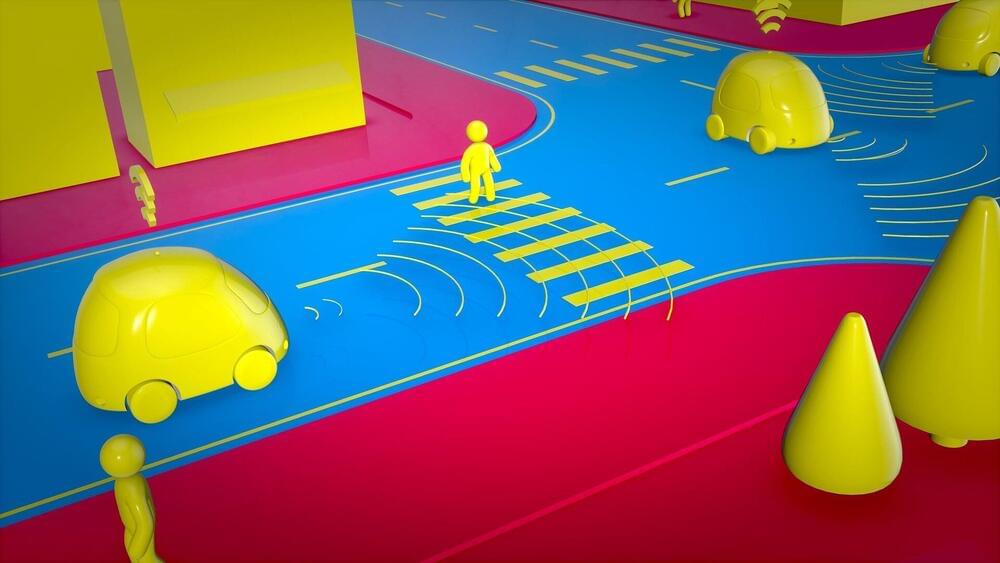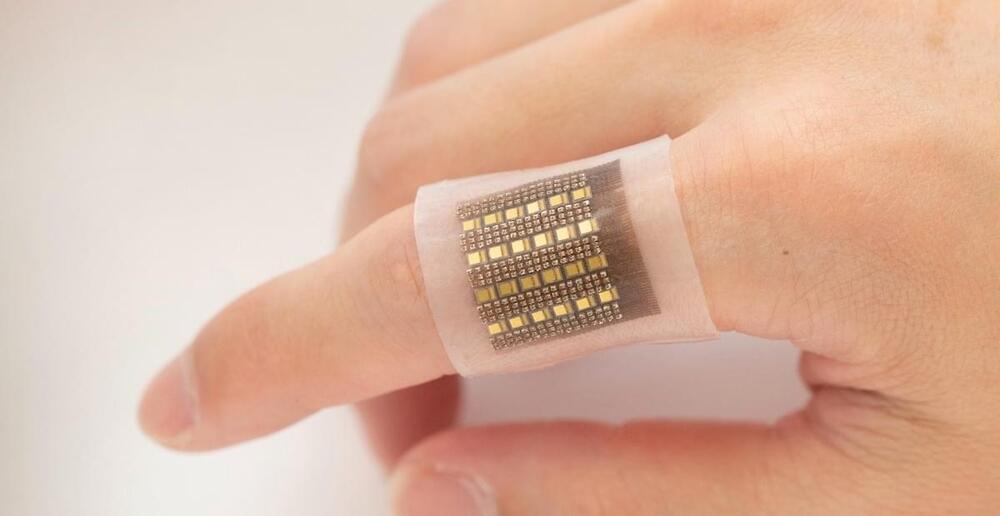Robots and autonomous cars will have eyes that see much more than the human eye is capable of, a review of the growing field of meta-optics has found.
Meta-optics is advancing science and technology far beyond the 3,000-year-old optical paradigm that we rely on for the visual human-machine interface, such as through cameras in our mobile phones, the lenses in microscopes, drones, and telescopes. Optical components are the technology bottleneck that meta-optics aims to transform, bringing the stuff of science-fiction stories into everyday devices.
The field, which blossomed after the early 2000s thanks to the conceptualization of a material with negative refractive index that could form a perfect lens, has grown rapidly in the last five years and now sees around 3,000 publications a year.






